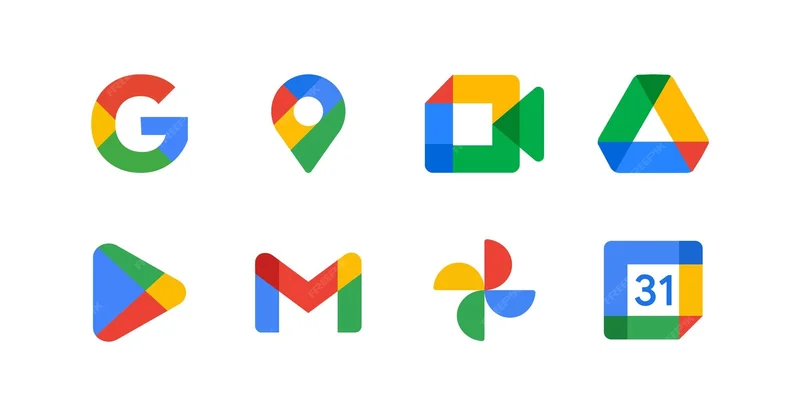XLM Insight | Stellar Lumens News, Price Trends & Guides
XLM Insight | Stellar Lumens News, Price Trends & Guides
There’s a seductive narrative making the rounds in the e-commerce world. It goes like this: Google, in its infinite repository of human desire, holds a crystal ball. With a few keystrokes into Google Trends, any entrepreneur can divine the future of retail, spotting the next hot product months before the market does. A recent analysis even claims that Bitcoin Investment Strategies Based on Google Trends and AI Models can outperform traditional models by a significant margin—about 2% to 3%, or to be more exact, between two and three percent.
It’s an intoxicating idea. Imagine it: a small business owner, hunched over a laptop late at night, the only light in the room reflecting off their screen. They type in “reusable water bottle” and watch a clean, blue line arc gracefully upward. It feels like certainty. It feels like a map to buried treasure.
But I’ve spent my career analyzing data sets far more complex than this, and that clean blue line gives me pause. Because while Google Trends is undeniably a powerful tool, it’s also a master of illusion. It provides a signal, yes, but one that’s dangerously easy to misinterpret. It tells a story, but leaves out the most important numbers.
The central flaw in relying too heavily on Google Trends is a simple matter of methodology. The platform doesn't show you absolute search volume. Instead, it presents "interest" on a relative scale of 0 to 100, where 100 represents the peak popularity for a given term in a specific timeframe and location.
Let that sink in. A score of 100 for “yoga mats” in January doesn’t mean 100,000 searches. It just means that was the moment of maximum interest. A score of 50 a month later means interest was half of its peak. But half of what? Was the peak 10 million searches, or was it 10,000? The tool doesn’t tell you. The Y-axis on that graph has no unit. It’s a ghost.
This is the part of the premise that I find genuinely puzzling. How can anyone build a reliable inventory model or a marketing budget based on a unitless metric? It’s like being a sonar operator on a submarine. You get a ping back, and the signal is getting stronger. You know something is out there. But is it a Spanish galleon filled with gold, or is it just a very large rock? The sonar can’t tell you the difference, and neither can Google Trends. It confirms presence, but it offers zero insight into value.
The data shows searches for “pickleball paddle” jumped from a relative score of 37 to 72 in the last year. That’s a strong directional indicator. But does it justify a five-figure inventory order? Or a ten-thousand-dollar ad spend? Without knowing if the underlying absolute volume is 5,000 searches or 500,000, you’re not making a data-driven decision. You’re gambling.

The second, more subtle trap is one of consensus. Because Google Trends is free and accessible, everyone is looking at the same signals. When the data shows a spike in “wrap skirts,” driven by runway trends and Y2K nostalgia, it doesn’t just signal an opportunity to you. It signals it to thousands of other Shopify and Amazon sellers simultaneously.
What happens next is predictable. A rush to source similar products, a flood of identical Instagram ads, and a rapid race to the bottom on pricing. The signal that was supposed to provide an edge—an alpha, in my old world—becomes an invitation to a crowded, low-margin market. You’re not discovering a secret; you’re joining a mob.
Look at the list of "trending" products for 2025: yoga mats, soap, travel pants, reusable water bottles. These aren't niche discoveries; they are massive, established categories. The data shows interest in “travel pants” has been on a slow, steady climb for nearly two decades. This isn’t a breaking trend; it’s the maturation of a category. Spotting this on Google Trends isn’t uncovering a hidden gem. It’s like noticing that the sun rises in the east.
The real question isn’t whether these items are popular. Of course they are. The question is, where is the specific, defensible opportunity within that popularity? And that brings us to the tool’s most hyped metric: “Breakout” queries, which flag terms that have grown by over 5,000%. It sounds explosive. But a jump from 10 searches to 510 is a 5,000% increase (a growth figure that, while technically correct, can be wildly misleading). Is that a trend, or is it just statistical noise from a tiny baseline? Without the absolute numbers, it’s impossible to know.
So, what is the proper role for this tool? It’s not a crystal ball or a financial forecasting model. It's a compass. It provides excellent directional awareness. It can settle debates over customer vocabulary—is it “blowout brush” or “hair dryer brush”?—and help you time marketing campaigns to align with seasonal curiosity. It’s a starting point for a hypothesis, not a conclusion.
To treat it as anything more is to fall for an illusion of precision. The clean lines and neat graphs create a feeling of quantitative certainty that the underlying data simply does not support. You can’t build a business strategy on relative interest alone.
The real work begins where Google Trends ends. It’s in validating that interest with competitor sales data, running small-batch product tests, analyzing social media engagement, and, most importantly, talking to actual customers. Google Trends can tell you what people are typing into a search bar. It can’t tell you what they’re willing to pull out their wallets for. And in business, that’s the only number that truly matters.